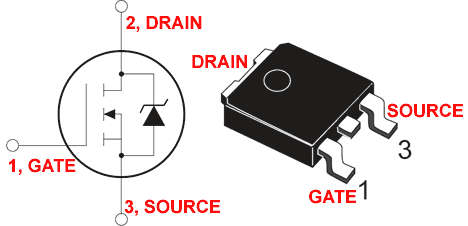@Ufopolitics Thank you for explanation. I ran couple tests and observed circuit behavior in resonant state. I tried incandescent bulb, as well as bulb in series with battery (just to try out some ideas).
My output freq. during first test was 13.5-15kHz, which I found to be the best resonant spot at lowest input A and best charging rate. I mainly rely on my scope reading. Transistor remains cold. I'll try to find my ultra fast diodes hiding from me but not sure if they're rated that high.
but not sure if they're rated that high.
I'm curious about the different oscillator you have mentioned.
Vtech
My output freq. during first test was 13.5-15kHz, which I found to be the best resonant spot at lowest input A and best charging rate. I mainly rely on my scope reading. Transistor remains cold. I'll try to find my ultra fast diodes hiding from me
 but not sure if they're rated that high.
but not sure if they're rated that high. I'm curious about the different oscillator you have mentioned.
Vtech

 ) However, I am also adding the magnetic polarity of Coil at both stages of Oscillator signals, Red is our "Artificially" created Magnetic Field result of our Input to Coil. Blue is the Naturally created by Radiant Energy opposite magnetic field...
) However, I am also adding the magnetic polarity of Coil at both stages of Oscillator signals, Red is our "Artificially" created Magnetic Field result of our Input to Coil. Blue is the Naturally created by Radiant Energy opposite magnetic field...







Comment